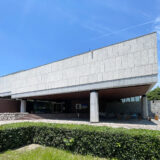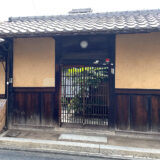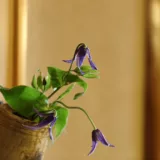It was recently decided that UNESCO will register traditional sake brewing in Japan as an intangible cultural heritage.
The traditional sake brewing methods represented by sake, shochu, and awamori were established in the Muromachi period. This technique is characterized by koji, which is made by cultivating koji mold on rice, barley, and other grains to promote fermentation.
The artisans known as Toji and Kurabito have created sake that is suited to the climate and natural features of each region.
UNESCO has evaluated traditional sake brewing as “having an important cultural significance for local communities and being an indispensable presence at Japanese events such as festivals and weddings.”

One of the main centers of traditional sake brewing is Fushimi in Kyoto. Sake brewing in Fushimi began when rice cultivation was introduced during the Yayoi period, and it developed greatly during the Azuchi-Momoyama period. In particular, the construction of Fushimi Castle by the powerful warlord Toyotomi Hideyoshi led to a rise in demand, and Fushimi came to the fore as a center of sake brewing. During the Edo period, it flourished as a key location for water transport, and many sake brewers gathered there. In the latter half of the Meiji era, Fushimi became known throughout the country as a “sake brewing district”.

Even today, Fushimi is home to Japan’s leading sake brewing companies and many sake breweries, and its unique sake culture continues to thrive in an environment blessed with abundant water. The streets of Fushimi are lined with historic sake breweries and buildings, and you can enjoy a cruise on the Jukkoku-bune pleasure boat (available from spring to autumn) that sails around the Horikawa(outer moat of Fushimi Castle), as well as tours of the sake breweries and sake tastings. In particular, the Gekkeikan Okura Memorial Hall, run by Gekkeikan Sake Co., Ltd., which was established over 380 years ago, recreates the atmosphere of a former sake brewery, and you can see the brewing tools in the order they were used. At the end of the tour, you can sample three types of sake from several varieties.


663highland, CC BY-SA 3.0, via Wikimedia Commons



Apart from Fushimi Inari Taisha, the Fushimi area receives fewer overseas tourists than the center of Kyoto, so you can enjoy a more relaxed sightseeing experience. You can also enjoy the unique food and drink of Fushimi, and you can fully enjoy the town of sake brewing, which is deeply connected to Japanese culture. Why not come to Fushimi and enjoy the historic scenery and sake?







